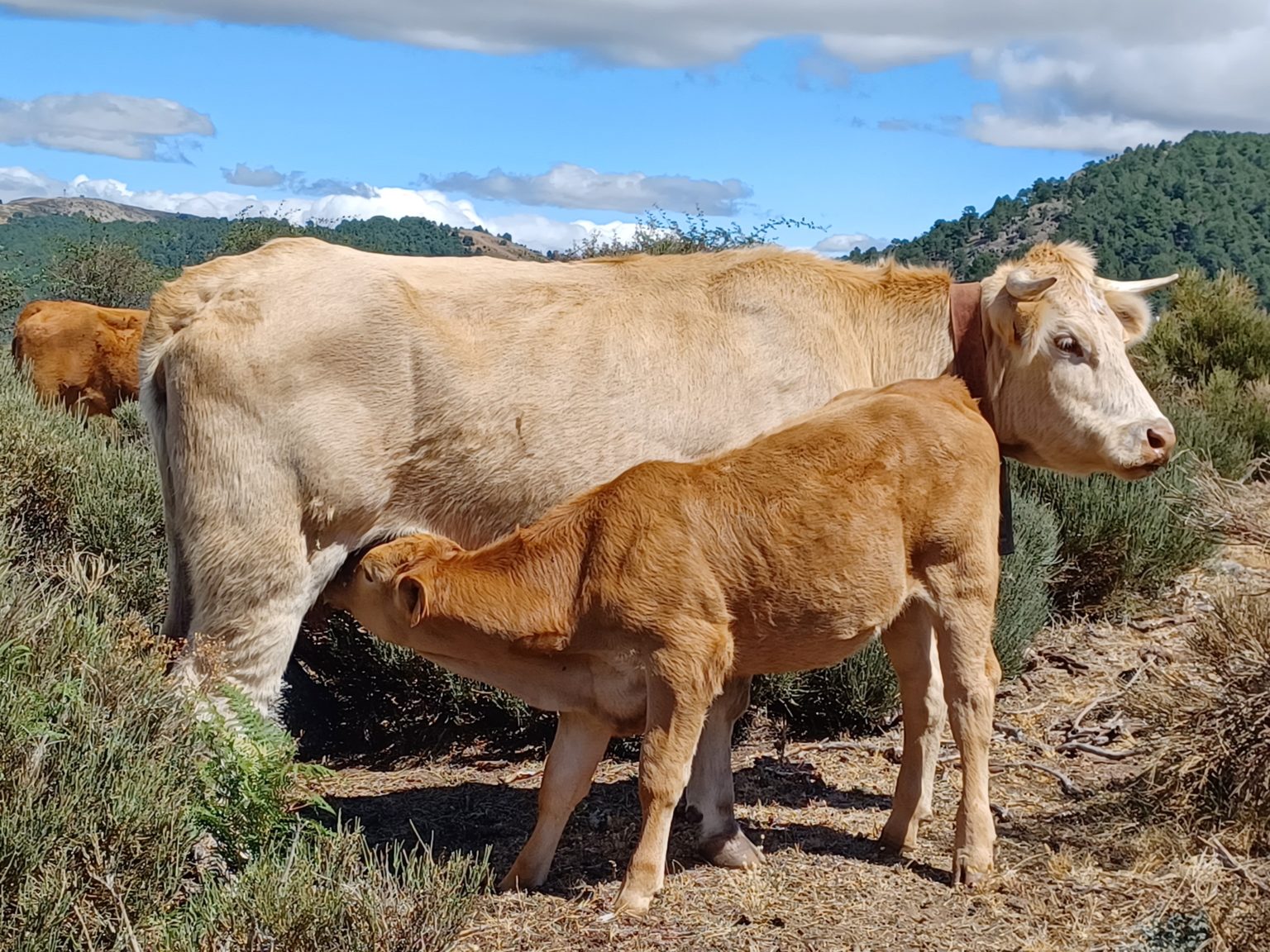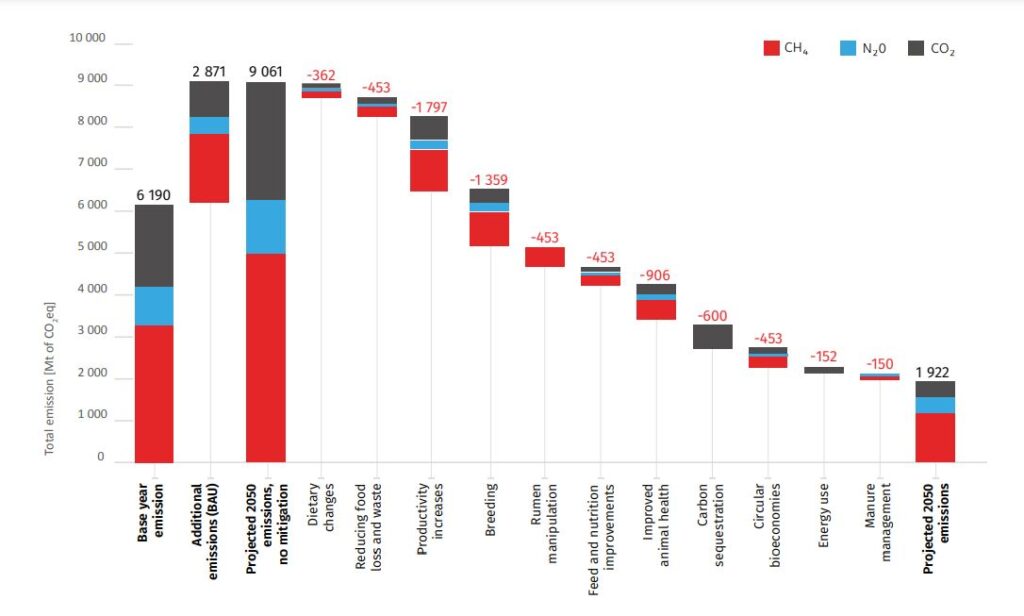FAO: Improved productivity, animal feeding and health most effective measures to reduce livestock emissions

Last year in December, FAO published its report (“Pathways towards lower emissions – A global assessment of the greenhouse gas emissions and mitigation options from livestock agrifood systems“) in parallel to the COP28 climate summit of the United Nations Conference on Climate Change.
According to FAO Deputy Director-General María Helena Semedo, “Beyond evaluating baseline emissions, this report offers estimations of future emissions under scenarios of increased production and outlines pathways to reduce emissions through the application of well-established best practices in animal management. It clearly demonstrates that ambitious and innovative programmes and wide-ranging interventions have the potential to bend the emissions curve while production grows.”
The FAO Strategy on Climate Change also lists some of the most appropriate techniques to reduce the environmental impact of animal-source food production, quantifying their effectiveness and exposing the difficulties in their implementation.
The projected growth of the world population means the need for food will grow. In 2050, the consumption of foods of animal origin is projected to be 20% higher than in 2020, also meaning more emissions linked to livestock production, and contributing to global warming.
Implementing sustainable practices is key to both reducing emissions and the environmental impact of livestock farming. Interventions must be focused on both the supply and demand sides. This report analyses measures such as reducing the consumption of animal products and food waste, which impact demand, improving reproductive techniques, and implementing measures to reduce greenhouse gas (GHG) emissions during production. For each of the measures above, FAO analyses the available data and evaluates its impact, indicating what conditions have been detected for its application in different scenarios. And the report concludes that the interventions analysed obtain differing results.
When analysing the estimated impact of reducing animal product consumption, the FAO indicates that this concept is sometimes oversimplified when predicting immediate and universal dietary changes without considering the nutritional challenges and financial limitations that may make them unfeasible, especially for poorer populations. A lot of expectations were placed on meat alternatives, but there are technical, ethical and political issues to consider in their development and production, as well as environmental and nutritional issues. The role of animals as a financial resource is also overlooked, as removal of livestock would negatively impact the most impoverished countries. It is also important to understand the impact on emissions of replacing foods of animal origin as this will not be the same in high- or low-income countries. For all these reasons, the estimated impact of reducing animal source foods varies between 2 and 5% reduction in total emissions.

Figure 12, Pathways towards lower emissions – A global assessment of the greenhouse gas emissions and mitigation options from livestock agrifood system: Base year and projected emissions from livestock systems shown as a waterfall chart with a range of mitigation measures applied to 2050 with their technical potential
On the contrary, actions aimed at improving productivity and efficiency throughout the livestock value chain and improvements in both animal nutrition and health are the most effective and promising interventions due to their impact on reducing emissions, promoting sustainability and mitigating the environmental impact of livestock farming. If these improvements are implemented together, the livestock sector could significantly reduce emissions (estimated by up to 50%) and, at the same time, meet the demand for animal products expected for 2050.
The report shows that there is no one-stop solution to reduce emissions from livestock and that the barriers that hinder the implementation and expansion of different interventions must be better understood, to avoid simplistic approaches. Adopting the proposed practices at the local level and maintaining investments in the livestock sector are key to addressing the unique challenges found in existing production systems, with different animal species and in various locations, and achieving the planned reduction objectives.
Institutions play a vital role in setting priorities and facilitating the implementation of ambitious climate measures through incentives, legislation, guidelines, education, extension services, awareness campaigns and market access.
FAO concludes that the collaboration of all stakeholders in the sectors involved is essential to mitigate the projected increase in livestock GHG emissions successfully. With the data currently available, this path appears feasible and effective.